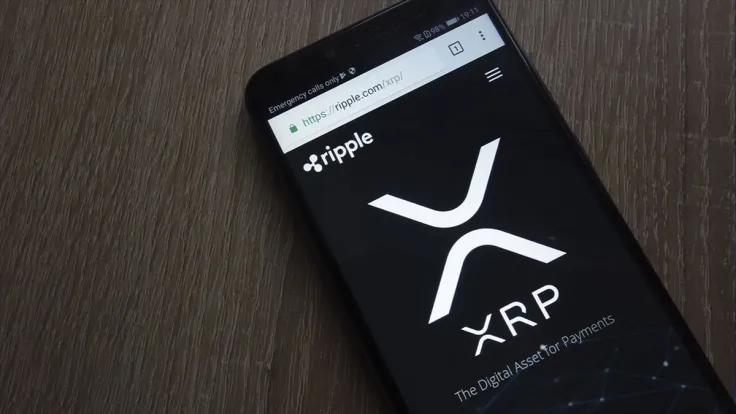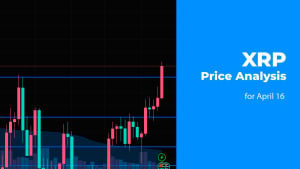
Senior staff software engineer at Ripple Neil Hartner explained why XRP is suitable for On-Demand Liquidity (ODL) but not for Ripple's new Liquidity Hub. According to Hartner, the licensing requirements for these two platforms are different, which makes XRP a viable option for ODL but not for the Liquidity Hub.
As the engineer's explanation reveals, in ODL, payment settlement occurs directly between the sender and receiver, and Ripple acts as an intermediary, facilitating the transaction. This means that Ripple is not a counterparty and XRP can be used in ODL without any legal or regulatory issues.
However, in the Liquidity Hub, Ripple is positioned in the middle of the transaction, which means that the company becomes a counterparty. This introduces additional legal and regulatory requirements that XRP may not be able to satisfy.
XRP is not essential for Ripple
The debate about not using XRP in Ripple's new Liquidity Hub has been a central theme in the community in recent days. The crypto company originally announced the use of XRP in its new product, but at a recent presentation, it was revealed that the token will not be available there yet.
Among many different opinions was that Ripple's refusal to use XRP in a new product is a positive in terms of the litigation with the SEC. Thus, lawyer Bill Morgan put forward the thesis that such a turn of events proves for the court the independence of XRP and XRPL from Ripple and vice versa.

 Dan Burgin
Dan Burgin Vladislav Sopov
Vladislav Sopov U.Today Editorial Team
U.Today Editorial Team